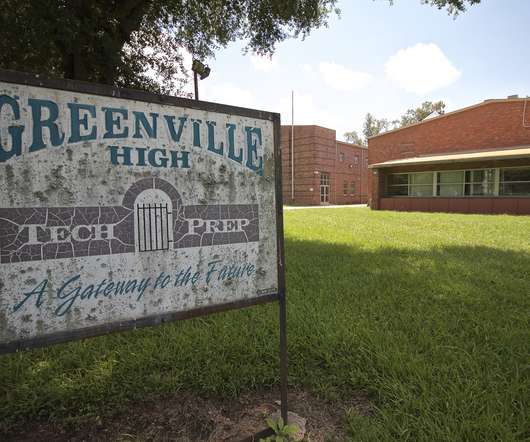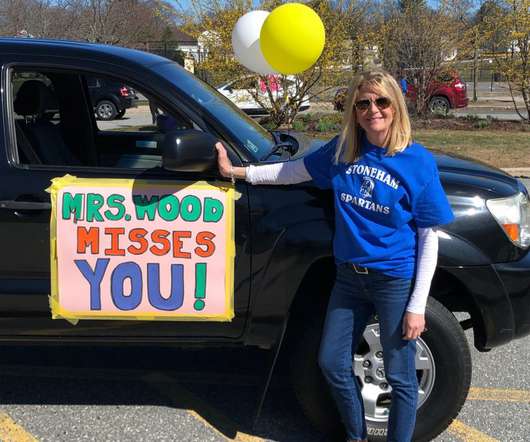How one city closed the digital divide for nearly all its students
The Hechinger Report
APRIL 14, 2022
You don’t have a computer, you don’t have internet, you can’t even access distance learning,” Silver said. RELATED: Racial segregation is one reason some families have internet access and others don’t, new research finds. In May 2021, Think College Now elementary students sit in class after returning to in-person learning.

















Let's personalize your content